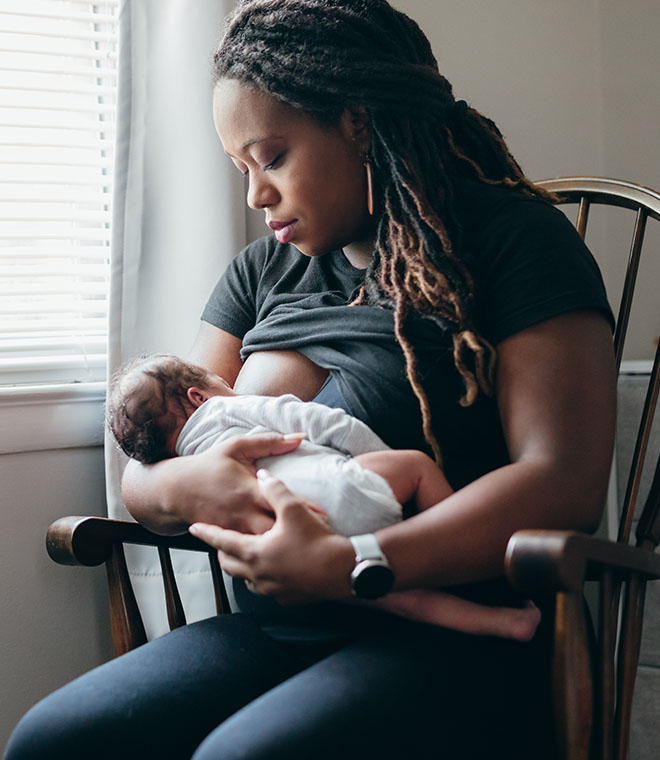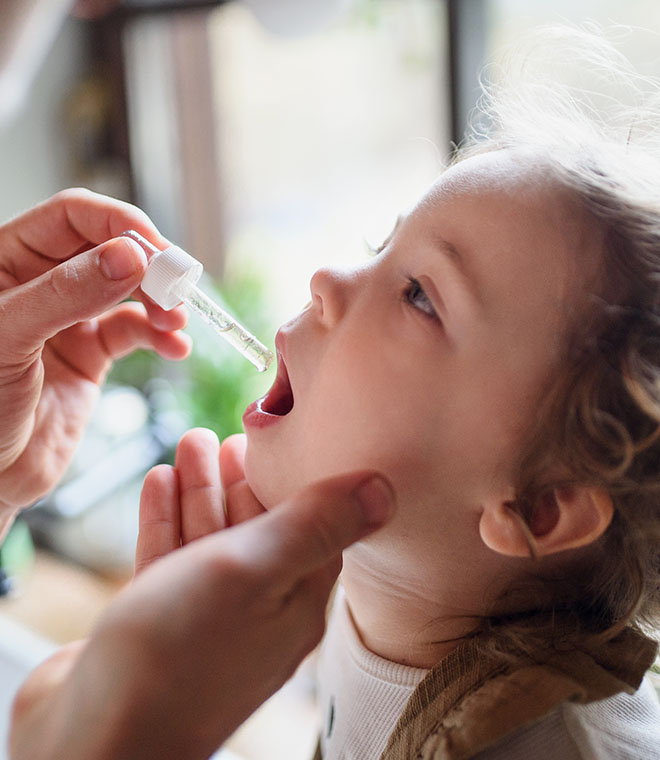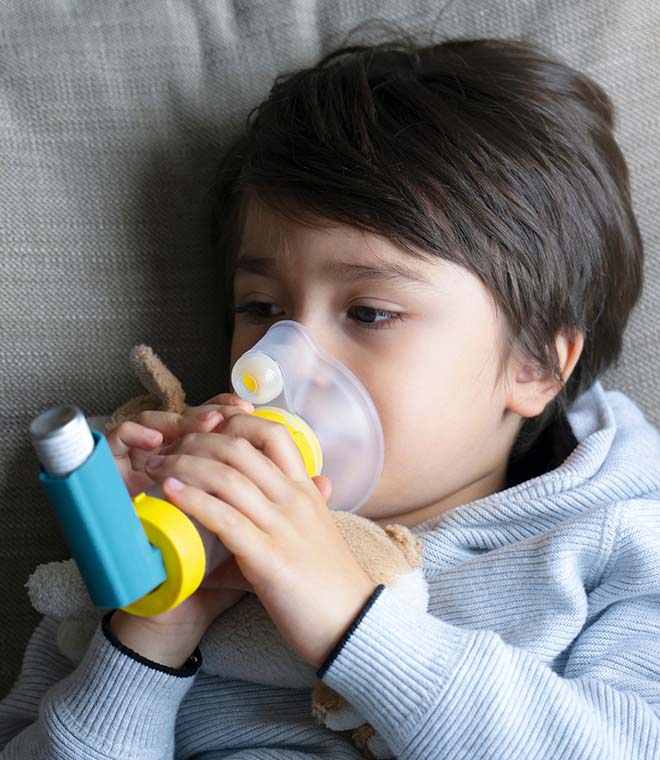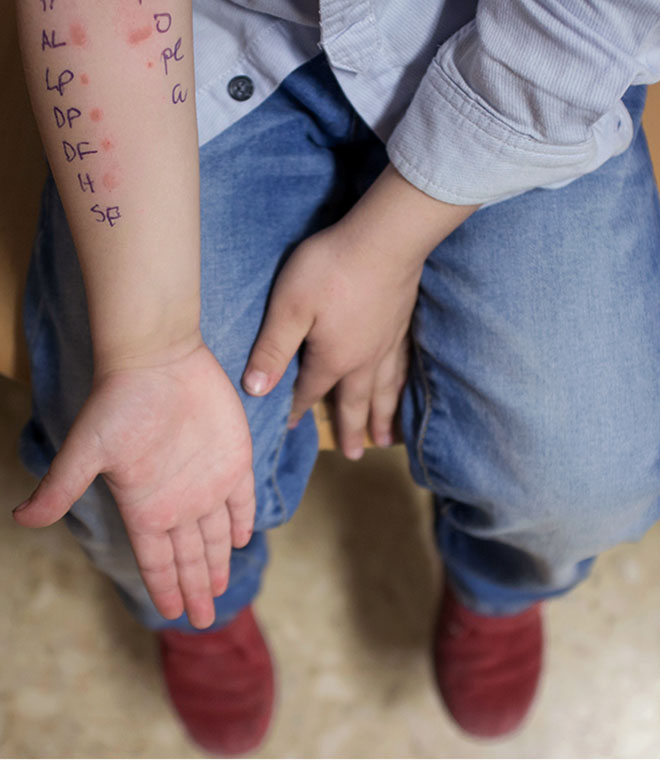Health
Babies and skin health: What you need to know
By Ruben J. Rucoba, MD Jun 27, 2022 • 11 min
A newborn baby’s appearance can sometimes be a surprise to parents, especially when it comes to the skin. Right after birth, skin is often mottled, sometimes even bluish. After a few days, skin peeling in newborns is common, and a number of issues can follow. Many new parents have questions about what to expect. Understanding common skin issues in babies can be helpful in determining when to seek help from a healthcare provider.
Milia
These are tiny white bumps usually found on a baby's nose, cheeks, forehead and chin, but they can also appear on other areas. This issue usually disappears within the first month of life, but it may continue into the second or third month. Milia is found in up to 50% of newborns and is completely harmless.
Baby acne
The type of acne seen in babies looks similar to teenage acne, with small red or white bumps on the baby's cheeks or forehead, though they can appear almost anywhere on the upper chest or head. Acne occurs in up to 20% of newborns, starting at around 2 to 3 weeks of age. Baby acne usually doesn’t need to be treated, and it will typically resolve on its own within a few months. If it lasts longer, consult your child's pediatrician.
Eczema (atopic dermatitis)
Infant eczema shows up as patches of dry, scaly, itchy skin, usually on the face, trunk, extremities, diaper area and scalp. It usually starts after three months. Most babies outgrow eczema and don't need prescription treatment. There are some simple steps you can take to help prevent the issue from getting worse, including:
- Avoid scented soaps and lotions
- Don’t use bleach on clothes
- Avoid rubbing your baby's skin
- Keep bathtime to a minimum
When your baby is wet, pat their skin dry—don't rub. Lubricate the skin with an unscented, moisturizing ointment. If symptoms get worse despite these measures, consult your baby's pediatrician.
Cradle cap (seborrheic dermatitis)
This is a very common rash of thick, yellow, greasy or crusty patches on a baby's scalp, usually appearing in the first month of life. Cradle cap may also appear on the face, neck, ears and diaper area. The rash is not itchy. Most healthcare providers advise watching and waiting because it is harmless and eventually resolves itself. You can wash the scalp and hair with baby shampoo and remove the scales with a soft-bristle brush. For stubborn patches, you can also apply mineral oil to the scalp to loosen the scales before brushing.
Peeling skin/dry skin
In utero, babies live for nine months in amniotic fluid. Once they are born, their skin becomes very dry. The top layer of skin will flake off or peel for the first few weeks. This does not bother the baby, and there is no need to apply lotion or moisturizer to newborns with dry skin, as it might cause irritation to the baby's very sensitive skin at this stage.
Acrocyanosis
This refers to blue or purple feet and hands, and it’s entirely normal in newborns. However, central cyanosis—blueness of the central part of the body (mouth, head or torso)—is never normal. If you notice central cyanosis, call your baby's pediatrician or 911 immediately.
Erythema toxicum neonatorum
This very common face rash occurs in up to 70% of all newborns. It appears as small, flat spots or bumps that quickly change to small pustules or pimples surrounded by red skin. Although the name may sound alarming, this type of infantile rash is harmless. The lesions usually appear on the second or third day of life, but they may be present at birth. They typically resolve without treatment in one to two weeks. Ointments or oils usually make the rash worse, so it's best to leave it alone. The rash can also appear on the trunk or extremities. Infants with erythema toxicum neonatorum are often described as having a flea-bitten appearance.
Transient neonatal pustular melanosis
This rash is seen in 5% of Black newborns but in less than 1% of white newborns. It consists of small, fluid-filled vesicles or pustules, but with no surrounding redness. The vesicles or pustules can be found anywhere on the body, including the palms and soles. They rupture easily and leave a collar of scale around a darker, flat skin lesion, which can take three to four weeks to fade.
Heat rash
This appears as fine clear or red spots, sometimes as small blisters. Also known as prickly heat, heat rash is more common in hot, humid weather and is often caused by overdressing an infant. Heat rash isn't harmful, but it can be helpful to put the baby in a cooler environment or consider removing a layer of clothing.
Signs of trauma
The act of being born is often physically hard on a baby, and they sometimes show signs of this trauma. There can be bruising from pressure against the pelvic bone or from manipulation by forceps or other equipment during the birthing process. Small cuts or abrasions can arise from monitoring devices, or from other instruments. These issues are usually minor and typically resolve within one to two weeks after birth. Call your pediatrician if there are lesions that are tender to the touch or look infected.
Cutis marmorata
Cutis marmorata is newborn mottling of the skin on the trunk and extremities in a symmetrical fashion. It is caused by the baby's blood vessels responding to cold, and it resolves when the skin is warmed. No treatment is needed.
Birthmarks
Stork bites (nevus simplex)
Also known as salmon patches or angel kisses, stork bites are flat pink or red birthmarks that occur in up to 80% of infants. They are collections of capillaries (small red blood vessels) just under the skin, and they’re found most commonly on the eyelids, forehead, back of the neck, under the nose, chin and lower back. They are harmless and usually go away after a few years. When your child gets hot, excited or angry, these birthmarks may look more prominent or darker, which is normal. Most of these birthmarks don't need treatment, but talk to your child’s pediatrician if they are large or appear in unexpected areas.
Mongolian spot (dermal melanocytosis)
This is the most common birthmark found in babies with darker skin. They are usually found on the lower back and buttocks, and they frequently disappear by the toddler years. These spots are usually harmless and don’t require treatment. They may have various colors, including brown, blue, gray and black.
Infantile hemangiomas
These are collections of blood vessels in the skin and usually appear in the first few weeks of life. When located closer to the surface of the skin, they appear bright red and are called strawberry hemangiomas. When they are deeper, they appear blue or purple. Hemangiomas occur in up to 5% of infants. They usually grow rapidly in the first five to seven weeks, then shrink and disappear over the next several years. They are usually benign, but depending on location and type, they may be associated with more serious conditions. Your child's pediatrician can tell you if your baby's hemangiomas are cause for concern.
Port-wine stain
Like stork bites, port-wine stains are flat pink or red birthmarks made up of capillaries. However, port-wine stains are usually larger and don't go away without treatment. They are commonly found on the face or head, although they can appear anywhere on the body. They tend to grow as the child grows, often becoming darker and thicker. When your baby is older, laser treatments can lighten the port-wine stain, but they usually can't get rid of the mark entirely.
Café-au-lait spots
These spots have a similar light-brown coloring to them. They are flat, round or oval lesions. They are often visible at birth or appearing soon after. Up to 30% of people have at least one café-au-lait spot. They are usually harmless, but they may be associated with certain conditions. If your child has a large spot or more than five, or if they occur in the groin or armpit, speak with your child's pediatrician.
Moles (congenital melanocytic nevi)
Moles are common, occurring in 1% to 3% of all newborns. They can be present at birth or appear in the first year of life. Moles are usually dark brown, but they can have a range of colors, including pink, red or black. They may be flat or bumpy, have hair and become raised or rough. They are usually benign, but they need to be monitored throughout your child's life, as they can potentially become cancerous. Use sunscreen to protect your child's moles when outside, and tell your child's pediatrician if the moles change in appearance.
Birthmarks and rashes on a newborn are normal and usually harmless. If you have concerns or questions about your baby's skin markings, consult your child's pediatrician.
Published June 2022.




